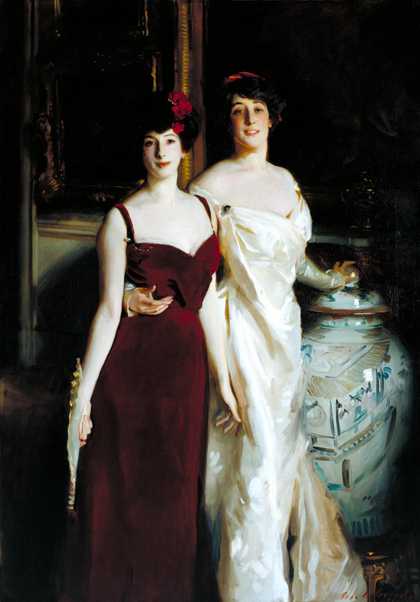This display brings together portraits from the Wertheimer bequest by John Singer Sargent
This is the first time the Wertheimer portraits are being shown as a standalone group at Tate.
The Wertheimers were a wealthy middle-class Jewish family. Asher Wertheimer (1843–1918), a highly successful London art dealer, commissioned Sargent to paint them. Sargent was the leading portrait painter of the late Victorian and Edwardian elite. The group of portraits form the artist’s largest commission. It is also a unique group as nine of them were donated to the national art collection in Britain. This bequest highlights changes in British society, but also caused controversy.
Asher’s father Samson, also a dealer, settled in Britain in 1830, having fled religious persecution in Germany. Asher built on his success and in 1898, he asked Sargent to paint portraits of him and his wife, Flora, for their 25th wedding anniversary. They became friends and, over the next ten years, the artist painted ten further portraits of the family.
Eight of the portraits were displayed in the family’s dining room, which was nicknamed ‘Sargent’s mess’. Asher bequeathed nine of the paintings to the National Gallery. As he had wished, they were displayed in their own room between 1923 and 1926, then were transferred to the Tate Gallery to feature in a newly built Sargent room.
This large gift was a source of debate, discussed in Parliament by MPs who criticised the family, using antisemitic tropes. The Wertheimers were seen by some as ‘outsiders’ to the British establishment. Traditionally, only aristocratic families commissioned portraits of this scale, for galleries in their stately homes. In the context of rising antisemitism in the 1920s, the reception of the portraits, even when favourable, often betrayed prejudice, stereotyping and racism. Some critics have perceived elements of caricature in some of the paintings, although Sargent’s relationship with the Wertheimer family was one of lasting friendship and mutual admiration.

